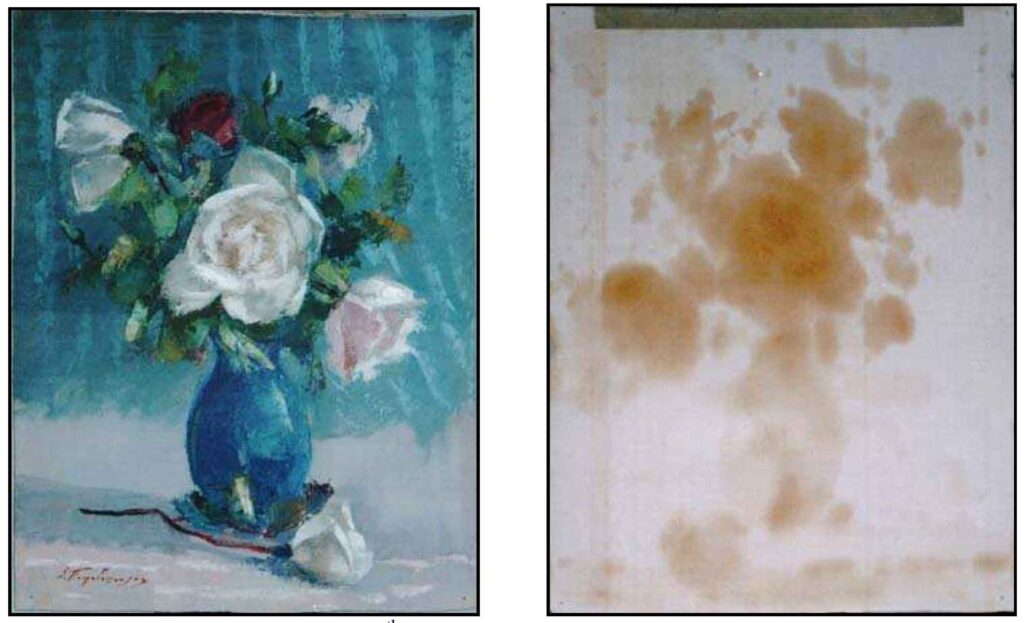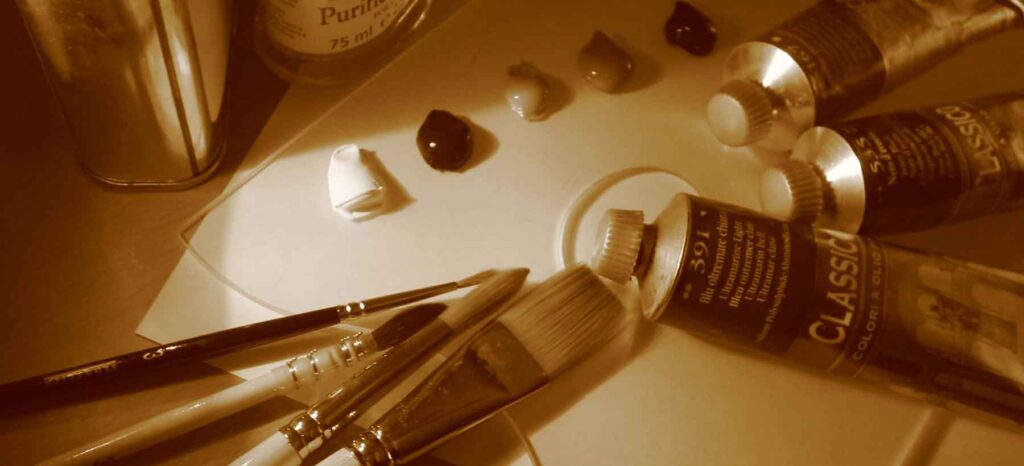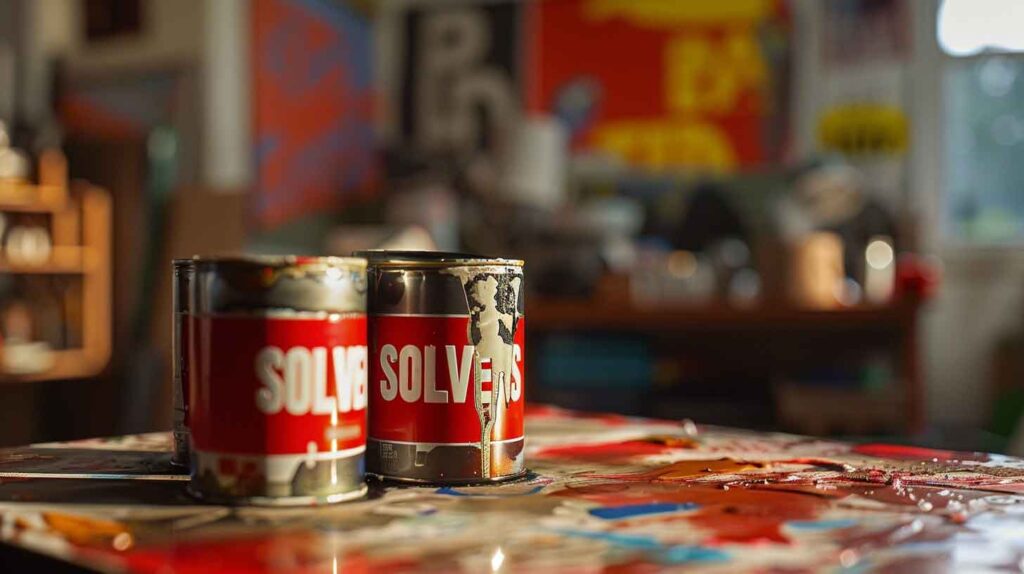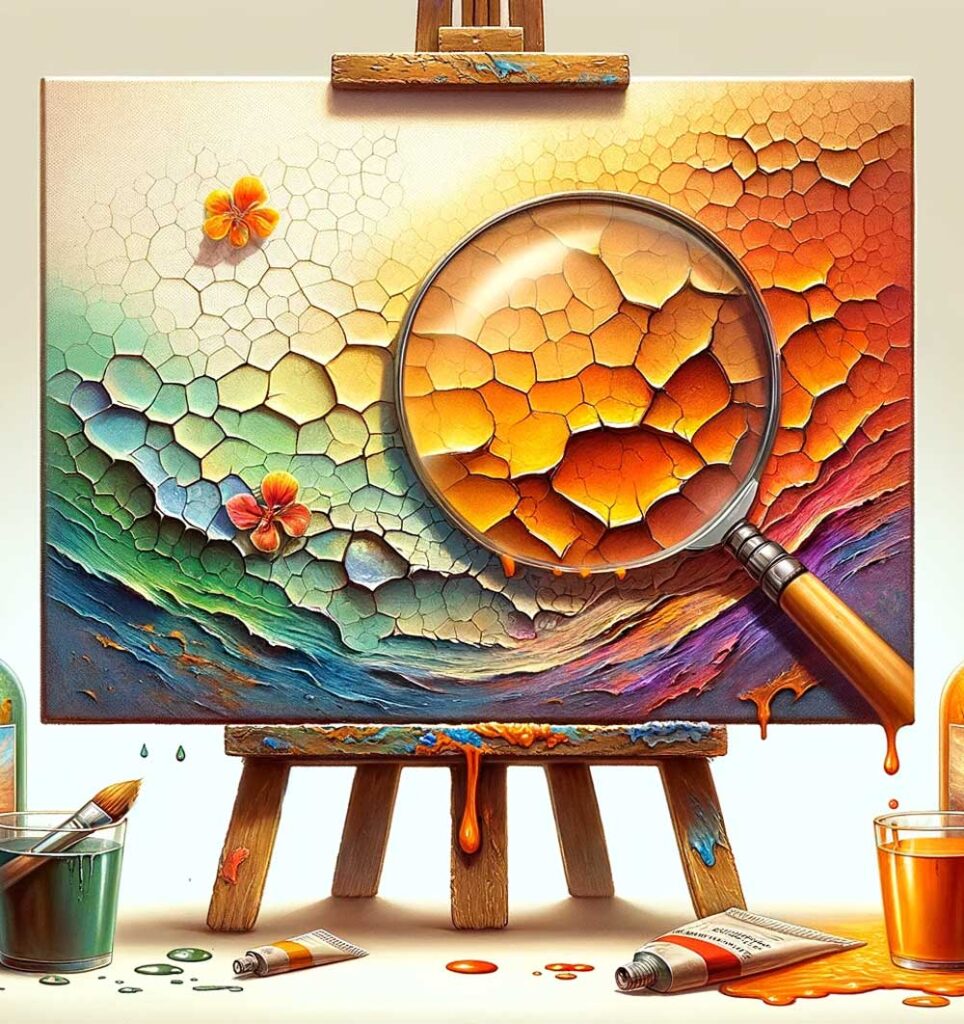
Discover the Hidden Risks: Oil Painting on Paper Unveiled
As artists, we often experiment with different mediums and supports to express our creativity and vision. The unique combination of oil painting on paper, despite its apparent incompatibility, has historically provided artists with a versatile canvas for everything from preliminary sketches to full-scale compositions. However, a groundbreaking research project reveals that this pairing may pose significant conservation challenges that could threaten the longevity of such artworks. In a paper presented at Works of Art & Conservation Science Today, the authors delve into the findings of this study, uncovering the intricate relationship between oil mediums and paper supports.
The research project embarked on an ambitious journey to investigate the deterioration effects of oil on cellulose-based paper supports. Through meticulous, non-destructive examination across various electromagnetic spectrums and analytical techniques, the team has revealed the accelerated oxidation process of cellulose in the presence of oil. This not only threatens the structural integrity of the paper but also leads to a cascade of conservation issues, from discoloration to brittleness.
Brief History of Oil Painting on Paper
Oil sketches on paper, emerging in the early 17th century as preliminary studies or modelli, served as crucial tools for artists conceptualizing compositions. These studies, often small and executed rapidly to capture the essence of the artist’s initial ideas, varied in finish; while some remained rough, others were polished to gain patron approval or guide craftsmen in other media.
By the 18th century, the use of paper and paperboard for oil sketching, especially outdoors, became widespread. Artists employed a range of paper types, some specifically designed for oil painting by the 19th century, to accommodate the medium’s needs. Despite the advent of papers made to support oil paint, such works were traditionally viewed more as drawings rather than full-fledged paintings. This practice evolved over time, with oil on paper being utilized for complete compositions by the 19th and 20th centuries.
Artists have long cherished the paper as a readily accessible, lightweight, and versatile support, juxtaposed with the rich texture and vibrant colors of oil paints. Historical practices have seen this combination employed across centuries, serving not only as a medium for artistic exploration but also as a critical step in the conception and planning of larger works. However, this study’s insights into the chemical interactions at play challenge us to reconsider the long-term implications of our material choices.

The article explores the nuanced ways in which different types of paper, pigments, and manufacturing techniques interact with oil mediums, highlighting the complexities involved in preserving oil paintings on paper. It reveals that the presence of oil not only alters the paper’s appearance under UV light but also fundamentally changes its chemical composition, leading to increased vulnerability over time.
Problems with Oil Painting on Paper: Discoloration and Delamination
The research identifies significant conservation challenges, notably the tendency for oil to induce discoloration, weakening, and brittleness in paper supports. These problems are exacerbated in cases where the entire surface is covered in oil paint, leading to notable discoloration on the verso side and structural frailty.
Additionally, the study reveals issues related to the delamination of paper boards used as supports and the complications arising from adhering paper to more rigid substrates like canvas or panels. Such interventions, while aiming to stabilize the work, can introduce further complexities in preserving these artworks.
This pioneering research serves as a clarion call for artists and conservators alike, emphasizing the need for a tailored approach to the conservation of oil painting on paper artworks. By understanding the specific challenges presented by this medium, we can develop more effective preservation strategies, ensuring that these expressions of artistic intent endure for future generations to appreciate.
We invite you to explore this important study’s findings in depth. Discover the hidden risks associated with oil paintings on paper and learn how we can safeguard the legacy of artistic innovation. Read the entire article and join us in exploring the intersection of art, science, and conservation.
Banou, P., Kaminari, A., Moutsatsou, A., Alexopoulou, A., & Singer, B. (2010). Investigating of the conservation problems of oil paintings on paper supports. Paper presented at Works of Art & Conservation Science Today.







I don’t know if it’s a good practice or not, but I had for many years worked in oils on paper for many years using the following method: 1. Applying a coat of acrylic matte medium to both sides of heavyweight Arches hot press watercolor paper; 2. using a white artist grade tube alkyd paint for the painting surface; 3. if the painting is a keeper, mounting it on a masonite board with acrylic gloss medium. So far, the unmounted paintings have shown no oil bleedthrough on the reverse. I like the surface, and it has been very convenient for plein air painting.
Have you looked at Stonehenge Oil paper at all? I’m wondering if their specially formulated sizing would help guard against some of these effects. It’s great to work with, but I hate the idea of my work falling apart down the road.
https://legionpaper.com/stonehenge-oil